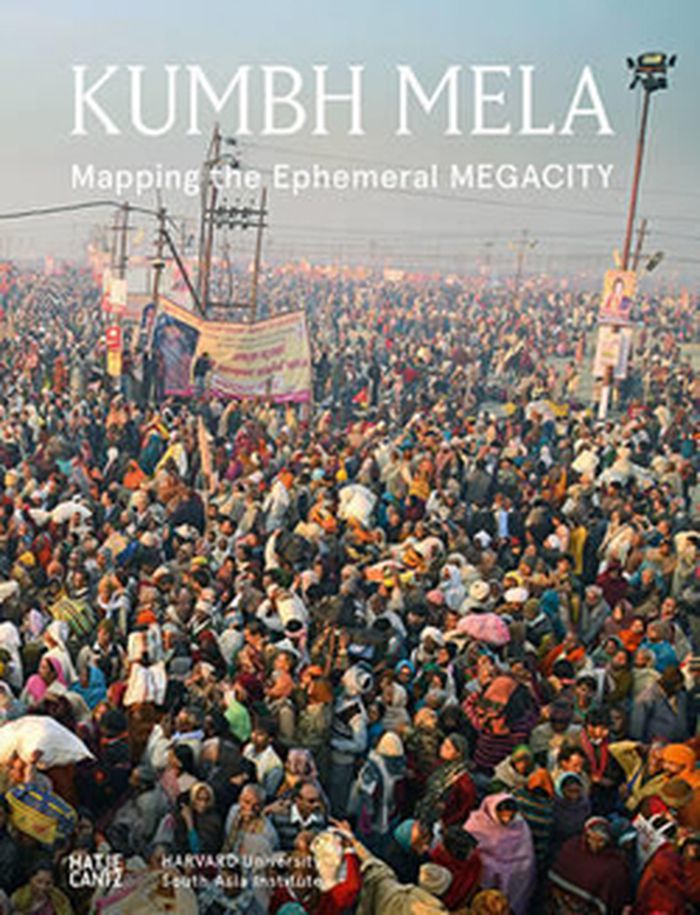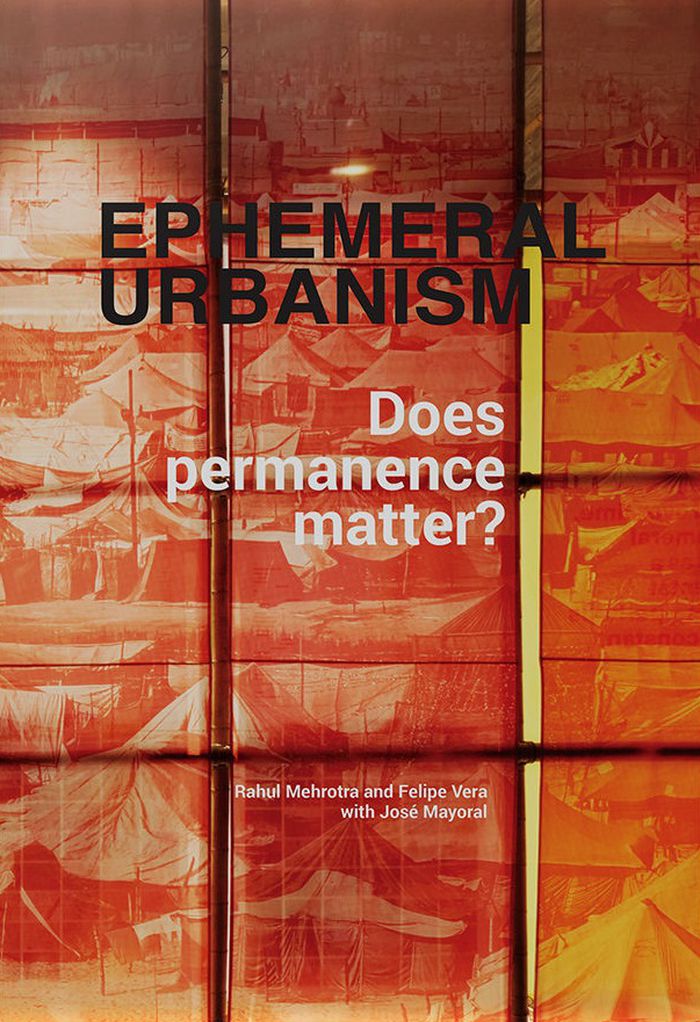$60.00
(available to order)
Summary:
Many people are not familiar with Kumbh Mela, and yet it is the largest celebration on earth: depending on the positions of Jupiter, the sun and the moon, Hindus travel to certain places along holy rivers, the Ganges for example, to bathe and cleanse themselves of sin. With a 2013 attendance of approximately 34 million, the triennial pilgrimage requires that the(...)
Kumbh Mela: mapping the ephemeral Megacity
Actions:
Price:
$60.00
(available to order)
Summary:
Many people are not familiar with Kumbh Mela, and yet it is the largest celebration on earth: depending on the positions of Jupiter, the sun and the moon, Hindus travel to certain places along holy rivers, the Ganges for example, to bathe and cleanse themselves of sin. With a 2013 attendance of approximately 34 million, the triennial pilgrimage requires that the communities hosting the gatherings create functioning temporary structures to transport, house and feed enormous crowds of people. In 2013, a team from Harvard University monitored the large-scale event from its preparation through to the actual celebration, investigating and documenting the prototypes for flexible urban planning and offering organizers advice on issues around environmental protection. This substantial hardcover presents their comprehensive research findings along with city maps, aerial images and photographs of this most fascinating feat of urban planning.
Architectural Theory
Ephemeral urbanism
$72.00
(available to order)
Summary:
The scale and patterns of urbanization today challenges the notion of permanence as the default condition for cities. Rubrics like informality have meanwhile become counter-productive, as they also implicitly aspire to create new processes in imagining permanence. Does permanence, as the sole instrument in urban imaginaries, really matter? For the over 700 million(...)
Ephemeral urbanism
Actions:
Price:
$72.00
(available to order)
Summary:
The scale and patterns of urbanization today challenges the notion of permanence as the default condition for cities. Rubrics like informality have meanwhile become counter-productive, as they also implicitly aspire to create new processes in imagining permanence. Does permanence, as the sole instrument in urban imaginaries, really matter? For the over 700 million people represented in this research, stability is a luxury! Permanence is not an affordable condition and does not really affect their daily existence. What does this then mean for architecture and the city?
Urban Theory

